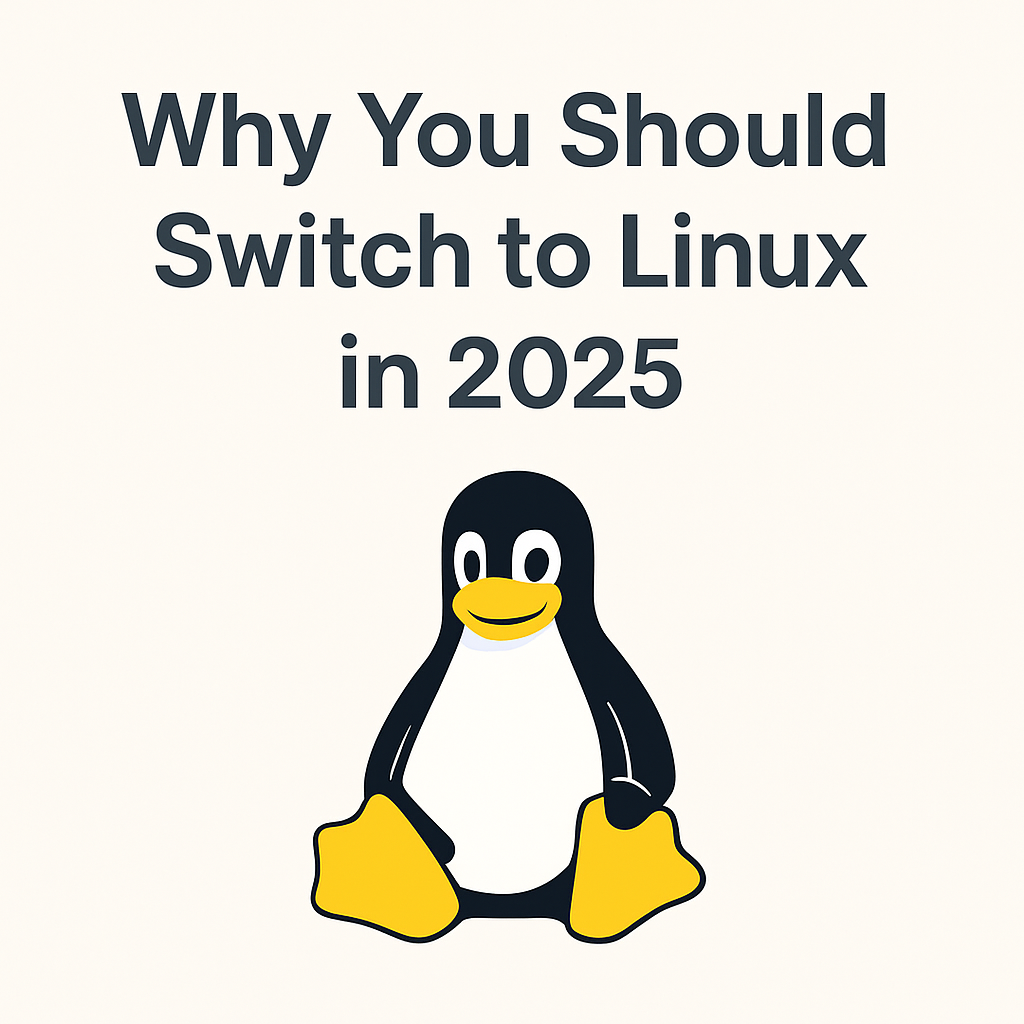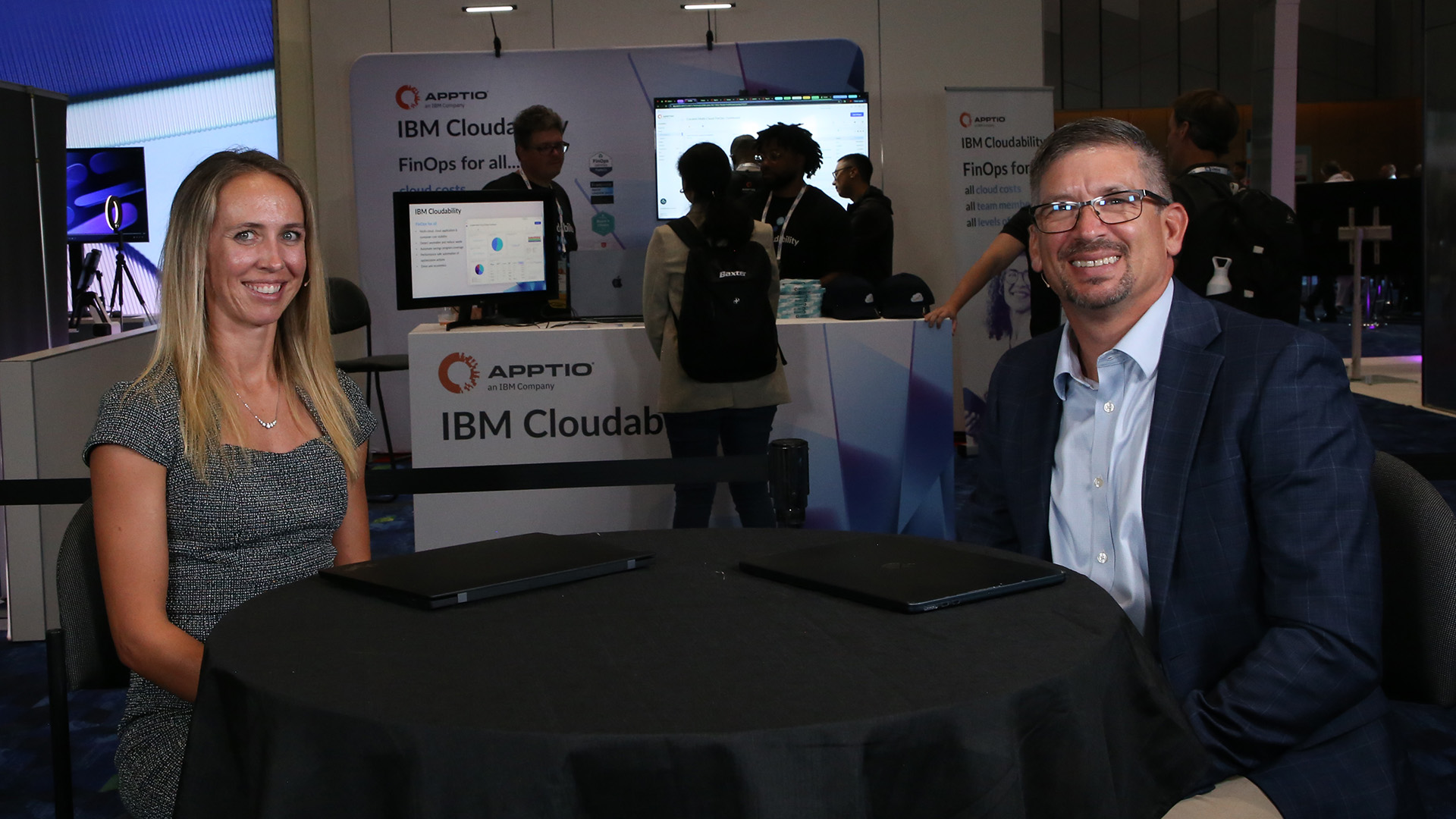Open Source News
Medium
192

Image Credit: Medium
Mistral LLMs: AI Agents Orchestrating the Quest for Relativity’s Proof
- AI agents revolutionize scientific discovery by collaborating on complex problems like proving relativity.
- Agents specialize in literature review, theoretical analysis, experimental simulation, proof synthesis, and historical context.
- Modular design and diversified intelligence improve efficiency, scalability, and problem-solving in AI systems.
- Decentralized intelligence and task-focused agents mirror teamwork's effectiveness in tackling intricate scientific challenges.
Read Full Article
11 Likes
Medium
231

Image Credit: Medium
Why We Need to Stop Restrictions on AI
- DOJ and other agencies aim to regulate AI for safety, fairness, and misuse prevention.
- Concerns arise as regulations could limit AI access to regular people, favoring big entities.
- History of FBI and DOJ misconduct raises doubts on their ability to regulate AI.
- Advocacy to keep AI accessible to all to empower individuals, small businesses, and innovators.
Read Full Article
13 Likes
Medium
419

Image Credit: Medium
Why you should switch to Linux in 2025 — 7 Simple Reasons
- Linux offers a variety of customizable desktop environments to enhance user experience.
- Linux has improved gaming capabilities with tools like Proton, enabling better performance on popular games.
- Linux prioritizes user privacy by not tracking, collecting, or selling data at the operating system level.
- Linux is known for its superior security, resource efficiency, and control over updates and bloatware.
Read Full Article
25 Likes
Siliconangle
296

Image Credit: Siliconangle
China’s Baidu declares war on OpenAI and others by open-sourcing Ernie chatbot
- Baidu open-sources chatbot Ernie, challenging competitors like OpenAI and Anthropic PBC.
- Move shifts focus from performance battle to price war in AI industry.
- By making AI code available, Baidu aims to grow developer ecosystem and adoption.
- The open-source strategy may help bypass U.S. sanctions on China.
Read Full Article
17 Likes
Discover more
- Programming News
- Software News
- Web Design
- Devops News
- Databases
- Cloud News
- Product Management News
- Operating Systems News
- Agile Methodology News
- Computer Engineering
- Startup News
- Cryptocurrency News
- Technology News
- Blockchain News
- Data Science News
- AR News
- Apple News
- Cyber Security News
- Leadership News
- Gaming News
- Automobiles News
Medium
146
Image Credit: Medium
The BI analytics process
- The BI analytics process involves transforming rows of numbers into valuable business insights.
- The process starts with raw, chaotic data that holds the potential to reveal trends and opportunities.
- BI analytics guides decisions, uncovers truths, and can even predict future outcomes.
- It's a journey from data collection to creating polished dashboards that influence executive decisions.
Read Full Article
8 Likes
Marktechpost
353

Tencent Open Sources Hunyuan-A13B: A 13B Active Parameter MoE Model with Dual-Mode Reasoning and 256K Context
- Tencent has released an open-source large language model called Hunyuan-A13B, based on a sparse MoE architecture with 13 billion active parameters.
- Hunyuan-A13B features Grouped Query Attention, 256K context length, and dual-mode reasoning for fast and slow thinking to balance computational cost and performance.
- The model achieves top-tier performance in agentic benchmarks, excelling in tool-calling and long-context scenarios, surpassing larger models in logical reasoning and agent tasks.
- Hunyuan-A13B, optimized for efficient deployment, supports inference optimization formats and frameworks, making it suitable for real-time applications and long-context tasks.
Read Full Article
21 Likes
Siliconangle
86

Image Credit: Siliconangle
Code, community and the future: 13 takeaways from Open Source Summit NA
- Open Source Summit North America explored intersections of code, community, and change.
- Insights from thought leaders discussed AI tech's growth, open-source ROI, and observability solutions.
- Key takeaways included AI's impact, open-source ROI, observability enhancements, and security innovations.
Read Full Article
5 Likes
Medium
276

Image Credit: Medium
Google Launches Gemma 3N: The Most Powerful Open-Source AI Model for Phones & Edge Devices
- Google has launched Gemma 3N, an advanced AI model designed for smartphones and edge devices, promising high performance without compromising intelligence.
- Gemma 3N is a compact, multilingual, multimodal AI model that can run on devices with just 2-3 GB of VRAM, making it suitable for consumer-grade devices.
- This model achieved an E4B score, making it the first sub-10B model to reach this milestone, and it incorporates higher transformer layers for improved performance in chat and long-form generation.
- Gemma's visual understanding and chain-of-thought prompting enhance accuracy on reasoning-heavy audio tasks, providing advanced tools for building local assistants or edge agents.
Read Full Article
16 Likes
VentureBeat
34

Image Credit: VentureBeat
How Highmark Health and Google Cloud are using Gen AI to streamline medical claims and improve care: 6 key lessons
- Highmark Health and Google Cloud collaborated to deploy AI at scale across a U.S. healthcare system.
- Google Cloud's AI models and infrastructure are being used by Highmark Health to modernize systems and improve patient outcomes.
- Highmark emphasizes flexible infrastructure and successful adoption through user feedback loops for generative AI tools.
- The focus is on shifting from chat-based interactions to multi-agent systems, emphasizing task orchestration over starting with models.
Read Full Article
2 Likes
Medium
38

Image Credit: Medium
Top Open Source AI Agents You Should Know
- The article explores top open-source AI agents that offer flexibility, transparency, and collaboration opportunities in the field of artificial intelligence.
- LangChain is a framework for language models, enabling tasks like question answering and multi-step workflows with a modular approach, promoting collaboration and innovation.
- OpenCog focuses on creating an open-source artificial general intelligence framework by integrating various AI components like natural language processing and reasoning engines, fostering experimentation and innovation.
- Botpress simplifies building chatbots and AI-driven communication systems with its comprehensive tools and integration capabilities, supporting the development of scalable and context-aware bots for diverse applications.
Read Full Article
2 Likes
Siliconangle
424

Image Credit: Siliconangle
How open-source developers can meet global cybersecurity laws — before it’s too late
- Countries worldwide are updating their cybersecurity laws to address new attack pathways in the digital realm, impacting open-source developers.
- The EU's Cyber Resilience Act (CRA) is set to influence open-source and enterprise software development globally, with mandatory compliance required by December 2027.
- Developers need to focus on secure-by-design development and transparency, as non-compliance with cybersecurity laws could lead to severe penalties, including fines up to 2.5 times annual revenue per infraction.
- Open-source developers must adapt to new concepts like software bill of materials and ensure compliance with evolving cybersecurity standards to navigate the regulated landscape while maintaining innovation.
Read Full Article
25 Likes
Siliconangle
216

Image Credit: Siliconangle
Chronosphere redefines cloud-native observability with Logs 2.0 and real-time data control
- Chronosphere Inc. is redefining cloud-native observability with its platform by providing deep real-time visibility into complex, distributed systems.
- Chronosphere focuses on open-source standards to allow customers to control their data format for observability in cloud-native environments.
- Chronosphere introduces Logs 2.0, a new product offering end-to-end log management capabilities integrated with metrics and traces for proactive performance management.
- Chronosphere tackles ballooning telemetry data issues by offering data control, cost optimization, and intelligent signal prioritization for cloud-native environments.
Read Full Article
13 Likes
Siliconangle
397

Image Credit: Siliconangle
Research shows open source fuels economic growth, AI innovation
- New research from The Linux Foundation shows that open source contributes $9 trillion in global value, factoring in time saved from not developing software covered by open source and profits from companies using open source in production.
- The estimation process for the value of open source is evolving with the inclusion of AI, leading to a need for more data on data itself, models, usage, and how companies leverage it.
- Calculating the value of open-source AI is complex due to significant upfront investment in training, which changes the scope of people's jobs and enhances productivity.
- Contributing to open source projects can significantly increase economic value for both the contributor and future users, potentially doubling productivity compared to those who only use open source without contributing back.
Read Full Article
23 Likes
Siliconangle
8

Image Credit: Siliconangle
Open Source Summit: The rise of open-source observability – theCUBE analysis
- Open-source observability is becoming crucial in modern enterprise infrastructure for actionable insights.
- Unified observability frameworks are replacing fragmented tooling to support AI-driven automation more effectively.
- Open-source standards like OTEL are leading the charge towards unifying observability platforms.
- Observability enables intelligent systems to identify and resolve issues with minimal human intervention.
Read Full Article
Like
Medium
457

Google Just Dropped a Free AI Coding Tool — Here’s What You Need to Know
- Google has released Gemini CLI, a free AI coding tool that integrates into developers' terminal-first workflow.
- Developers using a free personal Google account and Gemini Code Assist license can access a generous free tier with 60 requests per minute and up to 1,000 per day.
- Gemini CLI offers a 1 million-token context window for deep reasoning, supports natural language prompts for tasks like summarizing code and generating tests, and integrates with Google Search and other multimodal tools.
- While free for most developers, Gemini CLI has enterprise-grade potential, is open-source, and provides a competitive edge over proprietary alternatives. It is currently in preview with plans for ongoing improvements based on community feedback.
Read Full Article
22 Likes
For uninterrupted reading, download the app